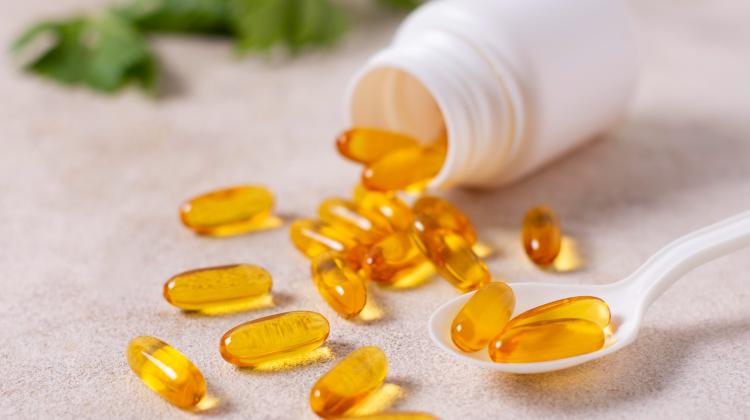An estimated 600 million - nearly 1 in 10 people worldwide - become ill after eating contaminated food, and 420,000 (30 percent of whom are children under the age of five) die each year, resulting in the loss of 33 million healthy life years (DALYs).
The summer months are a time when we contract food poisoning more often. Confirmation of this thesis can be found in statistics from the National Institute of Public Health. The third quarter of 2021 accounted for 49% of food poisoning, and the following year the percentage was 37%. Is it because the food produced during these months is of lower quality? In my opinion, no, however, it is not the production process itself that affects the safety of what goes to our table. We, as consumers, are a very important link in the farm-to-table chain. How often do we fail to maintain the cold chain between the purchase of food for which the manufacturer declares a low storage temperature and its delivery to the home? Meanwhile, the highly dangerous pathogen Listeria monocytogenes multiplies 20 times faster at 25°C than at 4°C, and even a few hours of temperature increase in the quoted range can shorten the shelf life of our product by many days. If we are not aware of this, we may develop listeriosis, the symptoms of which may include, in addition to gastrointestinal complaints, inflammation of the meninges, endocardium, marrow and bone lymph nodes, and systemic bacteremia. Listeriosis is particularly dangerous for pregnant women, as it can cause damage to the fetus. Listeria monocytogenes, is not the only foodborne pathogen that will multiply much faster in the summer when we forget about refrigeration. Virtually all microorganisms that cause food poisoning can be listed in this group.
Another reason for seasonal food poisoning during the summer months may be the change in consumers' lifestyles during this time. When we go on vacation, we are much more likely to reach for local products from unknown sources or buy fruits from local markets and eat them immediately to quench our thirst. Such behavior can lead to unpleasant consequences from the digestive system.
So how do you protect yourself? The simplest solution may be to follow the WHO's proposed five steps to safe food, and these are:
1. Maintain cleanliness.
2. Separate raw and cooked foods.
3. Cook thoroughly.
4. Keep food at the right temperature.
5. Use safe water and food
To elaborate on these principles just refer to the leaflet prepared by the World Health Organization.




